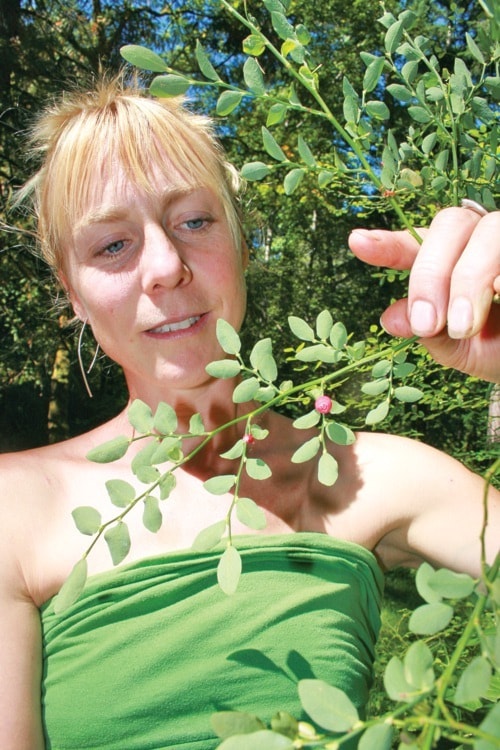The weeds some people are trying to eradicate on their lawns and in their garden beds could be wild plants they can eat.
Stephanie Mills said many plants people view as weeds and try to eliminate, such as chickweed or dandelions, could be used as food. Mills has a degree in biology and is trained in clinical herbal medicine and gives edible wild food tours for the Nanaimo and Area Land Trust and the City of Nanaimo’s Parks, Recreation and Culture department.
On her tours, Mills said people are often surprised to discover how many edible plants are growing in the Nanaimo area.
She cautions that people who want to start gathering should get training, do their research by reading books on the topic and go with an expert before collecting on their own so they don’t gather plants that look similar to edible varieties but are toxic.
People also need to be cautious about where they gather because some areas could be sprayed with pesticides and gatherers shouldn’t strip wild plants bare.
“There are ethics for gathering from the wild. You want to ensure you are not gathering rare plants and not gathering too much from one area,” she said.
A good rule of thumb is to only gather about 10 per cent of a plant to ensure there is enough for wildlife foraging and for the plant to reseed itself, she said.
Gatherers often have to venture out of urban areas for collecting.
“It’s tough in urban areas. It’s a lot harder to find those plants,” said Mills.
A good place to start getting familiar and using wild edible plants is by purchasing plants or seeds and planting them in the garden or in pots on balconies or windowsills, said Mills. People can also sometimes pick up plants at farmers’ markets.
The second annual Harvest Festival Saturday (Sept. 15) in the Old City Quarter will also allow people to learn about wild edible plants.
The festival is 10:30 a.m. to 3:30 p.m. along Wesley Street and features educational displays and interactive presentations covering local food issues on topics such as edible wild foods, sustainability, food security, organic local food sources and urban agriculture.
It also includes live entertainment, a play-and-learn area for kids, which features a petting farm, and a fresh food fair. It also features a Top Chef competition where people can purchase tickets to sample food created by local chefs made from local ingredients.
People can make a donation to the Loaves and Fishes Community Food Bank for a ballot to vote for the People’s Choice Award.
Festival admission is free, but vendor fare and tickets to sample food from the Top Chef competition must be purchased.
Robyn Tonack, marketing and events coordinator for the Downtown Nanaimo Business Improvement Association, said the festival will give people a chance to learn about the local food industry.
Engineering firms are also constructing a cornucopia built out of canned food as part of the Canned Food Sculpture event. For more information, please visit www.dnbia.ca.
